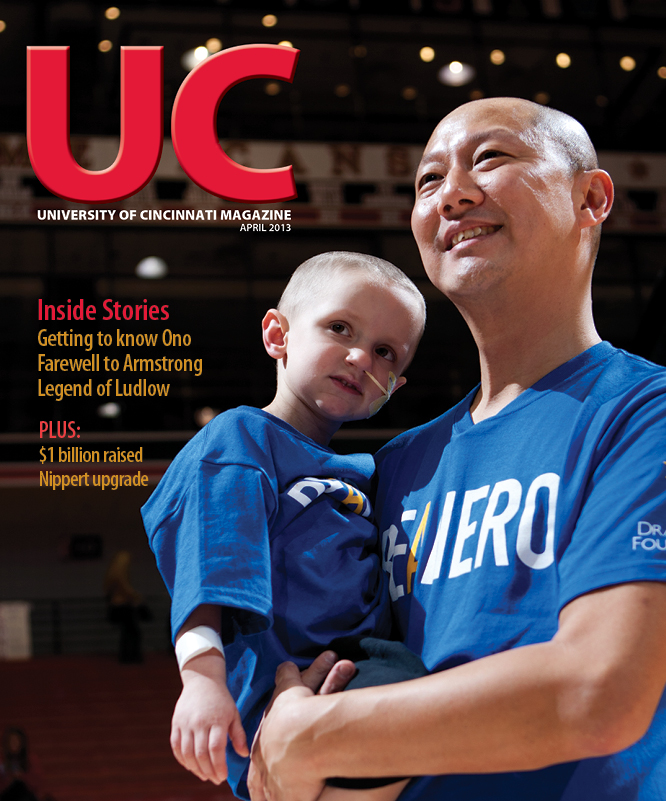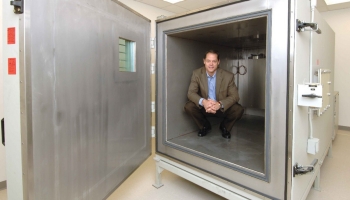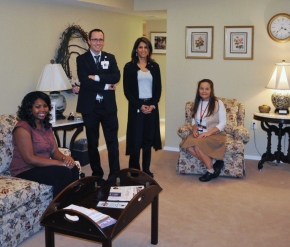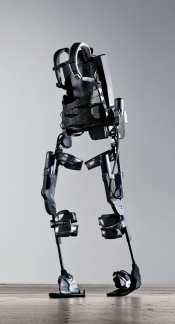by Dama Ewbank
Medical research with a UC connection is happening everywhere — not just on the Uptown Campus. At first glance, however, it doesn’t always look like research.
Many times, research happens in real-world settings through a more applied approach, which often leads to new technologies or inventions. Other times, research occurs when small changes, either desired or unforeseen, are made, and results are simply observed.
Regardless of how it happens, UC scientists are striving to improve health care and treatment through research in the community, in nearby neighborhoods and at the sites of our partners and affiliates. And we’re talking about research you never dreamed about.
Sky-high study
About 7 miles north of UC’s Uptown Campus, researchers with UC’s Institute for Military Medicine (IMM) are conducting “sky-high” research.
The installation of a research-grade altitude chamber on UC’s Reading Campus allows scientists to study the conditions of high altitude right here at ground level in Cincinnati. Weighing more than 5,000 pounds, the chamber can simulate conditions up to 25,000 feet above sea level.
Funding from the U.S. Air Force enables institute researchers to investigate the unique environment of aeromedical evacuation at high altitudes, including both low air pressure and low-oxygen content. Investigators are currently studying the effect of high altitude on traumatic brain injury, pneumonia and medical devices.

 Past Issues
Past Issues

